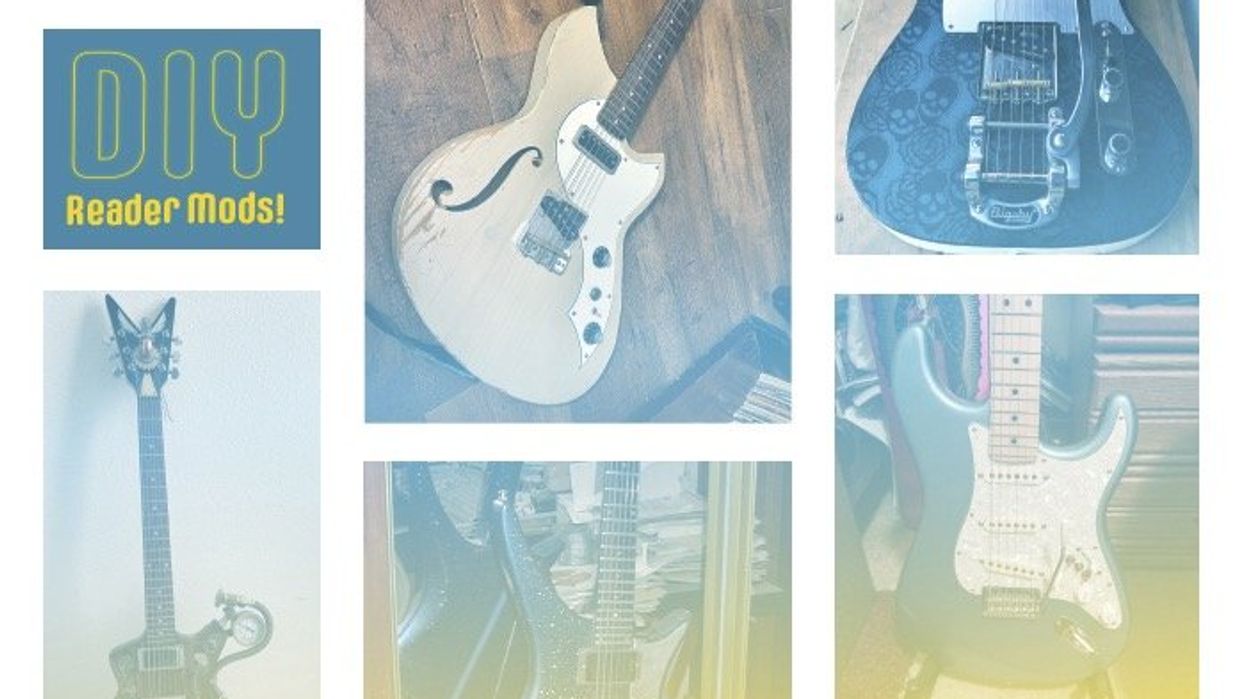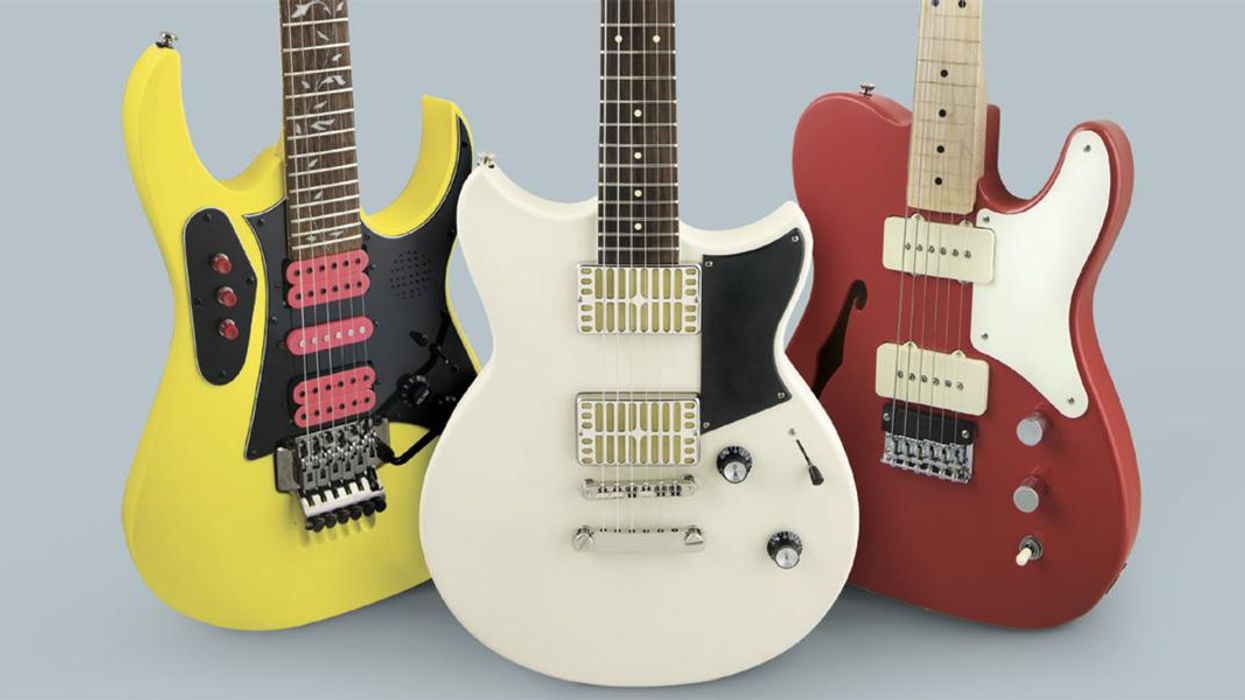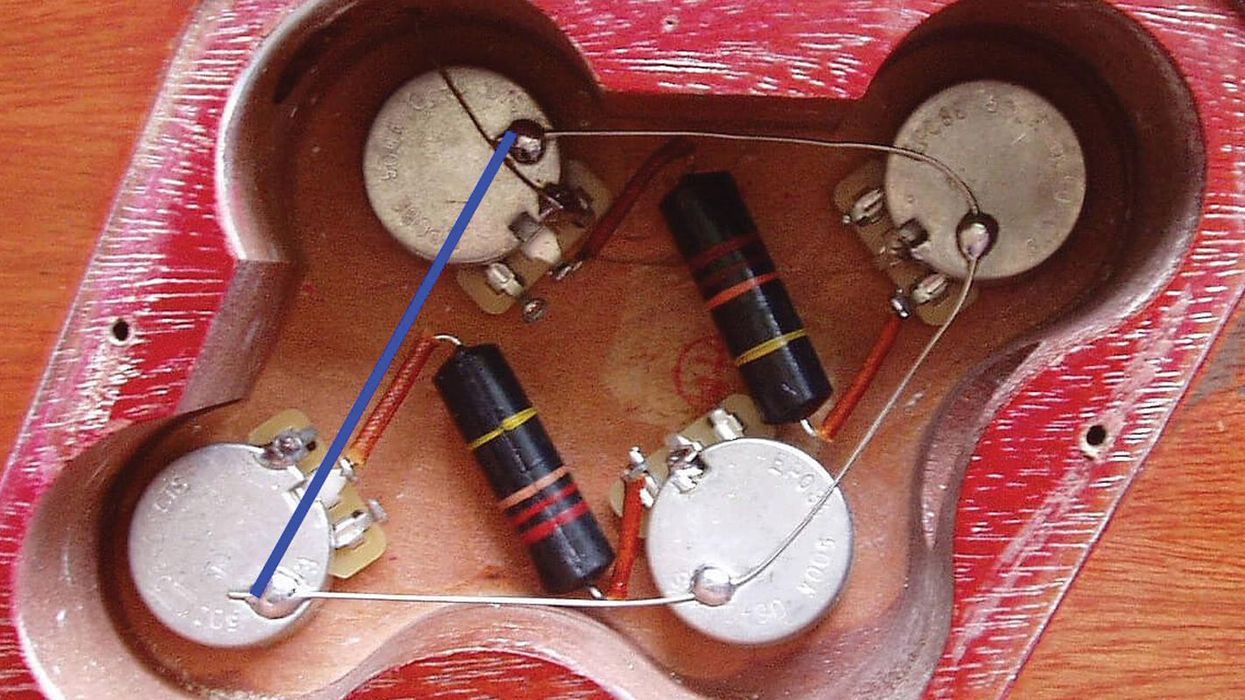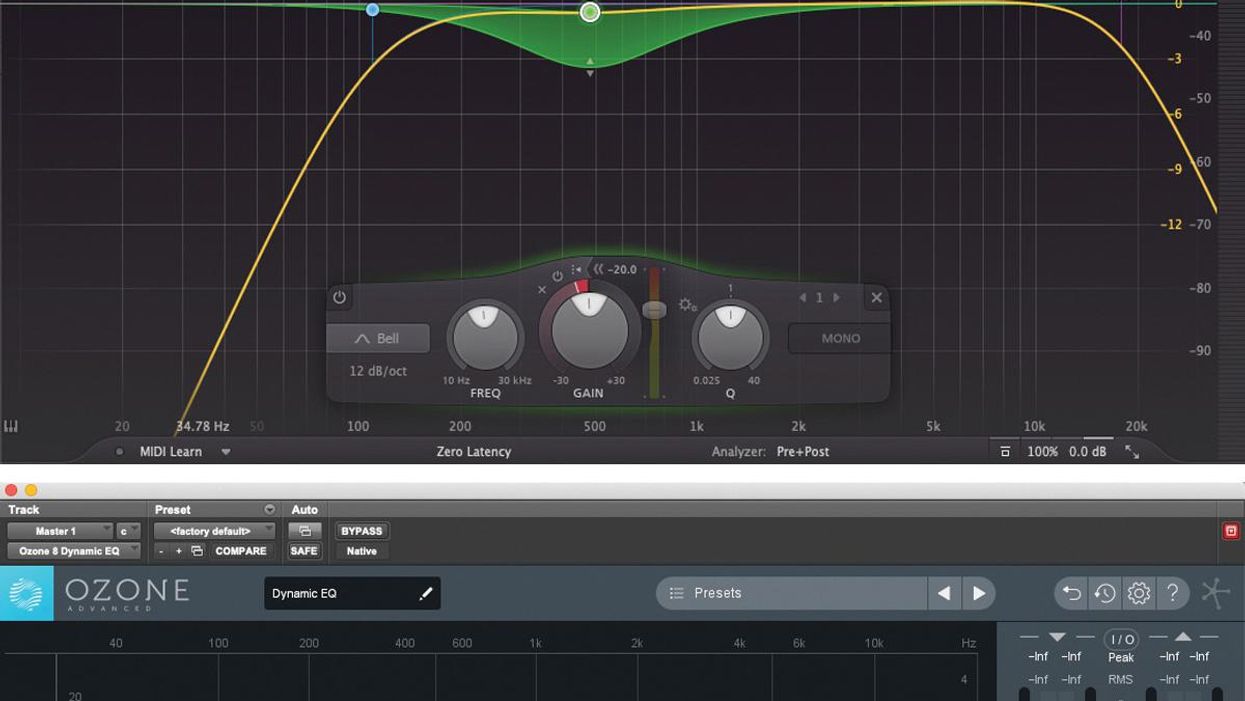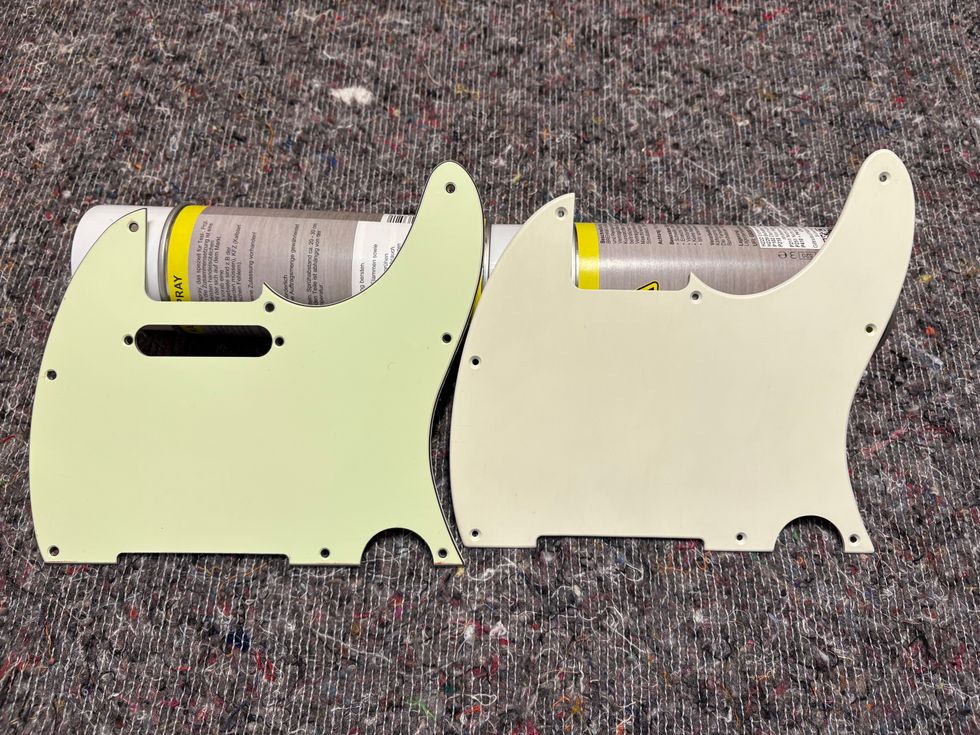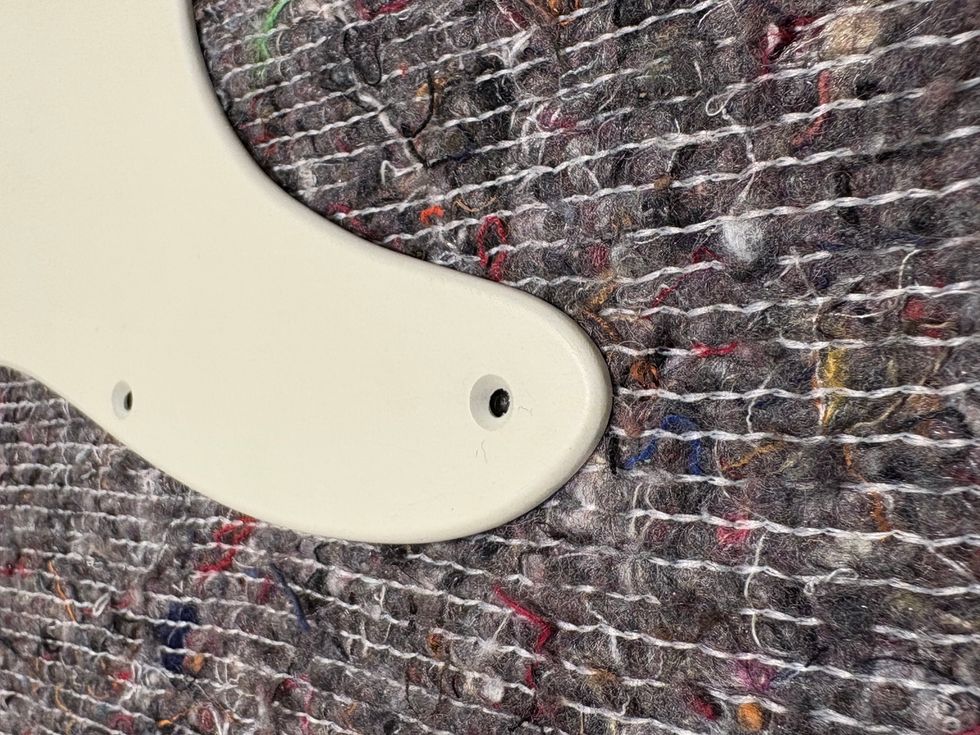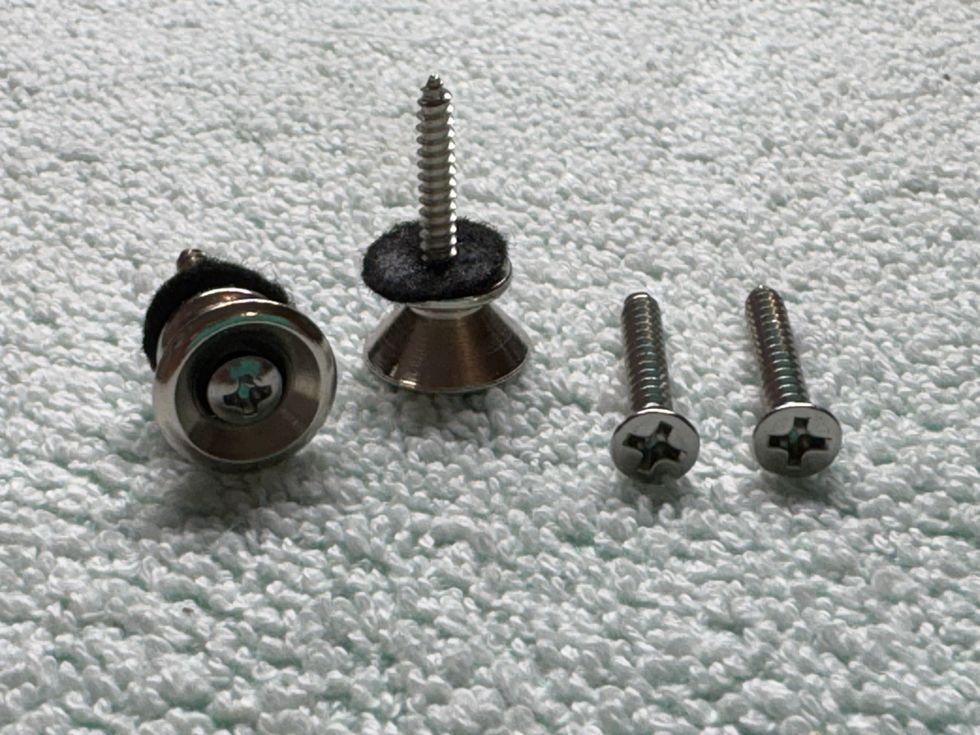When you record, do you find yourself asking time and again, “Why does my tone sound so thin on playback when it sounded perfectly good out of the amp?” It’s an ongoing challenge for guitarists to try and track their tone. A few months back, I talked a little about some of the techniques I used to mic and record my guitars on my Cottage City Firehouse CD. This month we’ll reach deeper into the fire as I share some bits that will help you capture better guitar tones in the studio.
These days we’re able to make wonderful-sounding recordings for less money than ever. My gadget of choice is Pro Tools, but there are many other recording applications and devices out there that are affordable and easy to use. You don’t have to be a graduate of a recording institute to capture good sounds. With a few proper microphones and a couple of tricks of the trade you can get your guitars to sound as big as Texas. One thing a lot of folks overlook is the fact that much of the sound of the amp is affected by the room it’s in while tracking. You can turn this to your advantage by using multiple mic’ing techniques to capture the room for an even bigger sound.
A really good example of this can be found on my song “The Hudson Strut.” On that song, I stuck a Shure KSM27 mic right up to the speaker cone, and I placed another about six feet back and off to the side to capture more of what was going on in the room. I recorded it in my home bonus room studio. The room is the size of a two-car garage and not totally dead or baffled. It has some life to it, and you can hear the room on the track. Without the second mic, the guitar would have sounded lifeless and plain. I have also used bathrooms and hallways to mic guitars, and I’ve even gone to the extreme opposite end and enclosed the speaker cabinets with couch cushions to make it sound dead. The possibilities are endless, even without leaving your house. Often, you can use small 5- or 10-watt amps that, when recorded in a lively room like a bathroom or kitchen, can sound gigantic, particularly when you mic from a distance where you can hear the room.
Another interesting technique I used was on “Bldg. 55,” where I tracked the entire song using only a PRS Swamp Ash Special plugged into different amps with different mic’ing techniques—and I changed the pickup selection along the way. I was fascinated with the way the guitar responded so differently through the various rigs. On some of the tracks, I played it through a Kustom Coupe half-stack mic’d close with the Shure KSM27 then put another KSM27 in the corner of the room. There are no rules; it’s all about experimentation. I would then plug the same guitar into my old Music Man HD-130 and mic it with only one mic direct on the cone, moving the mic till I found the “sweet spot.” It made the guitar sound completely different. If you like what you’re hearing, record it. If you don’t like it, move the mic and try again.
Another way to go these days is by recording direct and creating the room sound you want digitally. On “Seisenheimer Strasse 9,” I used my big fat Gibson 165 Herb Ellis Signature Series guitar. I have it strung with flatwounds and ran it through a Pod Pro II. With it I was able to simulate not only the type and angle of the mic but what amp I was running through. Since this is a jazzier song, I chose a small 1x12 combo amp. I was still able to create how much of the room was being heard on the track. The replication on some of these units is remarkable. I could truly hear the rooms vary as I scrolled through the settings.
You can do so much experimentation with your mics that the possibilities are endless. You can try simultaneously mic’ing your cabinet with three or four different mics, maybe a Shure SM57, a Senheiser MD 421 and an AKG C 412, and solo each one on playback to determine which is getting the job done for you. Using them at the same time will save you from having to re-track a part numerous times in order to try out various mics. You can also mic straight-on or at an angle, and of course mic’ing at a distance to capture the room is an essential part of a well-recorded guitar.
Well, there’s a closer look behind the scenes of Cottage City Firehouse. With some savvy experimentation you can pull off some astonishing results and really impress yourself and amaze your listening audience with a top-quality home recording.
Keep jammin’!
Rich Eckhardt
Rich is one of the most sought-after guitarists in Nashville. His ability to cover multiple styles has put him on stage with singers ranging from Steven Tyler of Aerosmith to Shania Twain. Rich is currently playing lead guitar with Toby Keith. You can pick up a copy of his new CD, Cottage City Firehouse online at: richeckhardt.com


